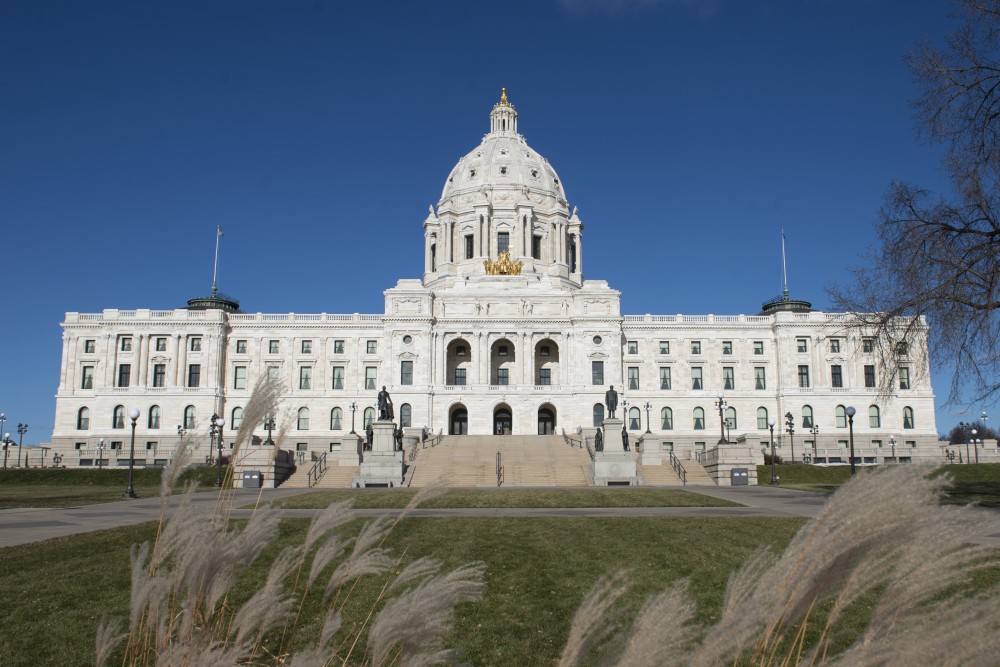University of Minnesota representatives testified in front of the state’s House Capital Investment Division for the first time this week as officials weigh the likelihood of a bonding bill this session.
School officials made the case for a $232.3 million capital request to the committee tasked with allocating the state’s bonding bill Tuesday. The request, which includes $200 million in Higher Education Asset Preservation and Replacement funding, would also fund $28 million for the Institute of Child Development building replacement on the Twin Cities campus and $4.3 million for the renovation of A.B. Anderson Hall on the Duluth campus.
“This request this year does not include funding for new buildings.” said University Senior Vice President for Finance and Operations Brian Burnett at the meeting. “Our priorities.. are focused on maintaining and maximizing the usefulness of the current facilities across the state and our four campuses.”
Officials also updated committee members on the progress of past capital investment projects.
One hundred percent of the HEAPR money appropriated before 2014 has been fully spent or encumbered, according to Burnett. Ninety-eight percent of the HEAPR funds from 2014 to 2018 have been spent, allocated, or otherwise assigned to projects.
“HEAPR is consistently the University’s top priority every year because its making sure we can maintain the existing functionality, operation and safety of our facility,” said Mike Berthelsen, vice president of University Services in an interview with the Minnesota Daily. “That’s always been first.”
Representatives from the Institute of Child Development testified about the current condition and needs of the building.
“Heavy ceiling tiles regularly drop on students from my lab. My colleague in the lab next door can’t run the air conditioning in his lab, which is a window air-conditioner, without blowing out the power in my lab. My primary lab space only has two-usable electrical updates,” said Kathleen Thomas, a professor and researcher at the Institute of Child Development.
Bonding money is ordinarily allocated in even-numbered years while the state’s biennial budget is allocated during odd years.
Jennifer Hassemer, assistant commissioner for Debt Management at the Minnesota Management and Budget department said the state does expect a bonding bill this session in a Capital Investment Division meeting last month.
According to Hassemer, the November state budget forecast predicts a $485 million dollar bonding bill this session.
If the state produces a bonding bill this year, the House and Senate capital investment committees will allocate infrastructure funds before going to the Legislature for a vote.
“We always have a capital request ready in case the state has a bonding bill,” Berthelsen said.
In the event money can be allocated, the University may fare well in its capital requests, said Capital Investment Division committee vice-chair Rep. Fue Lee, DFL-Minneapolis.
“The public investment that we are putting into the university actually not benefits not only certain parts of our state but all of our schools in our system, and as the state of Minnesota,” Lee said in an interview. “We really need to continue having that partnership, because the work that we do at the Legislature, we require the research and the information we receive from the University and other institutions here in Minnesota.”
Projects that don’t receive funding would likely be forwarded to next year’s request, Berthelsen said.








